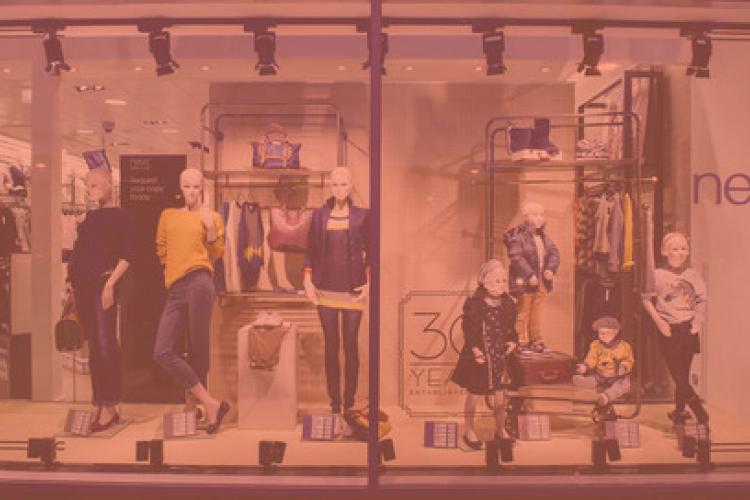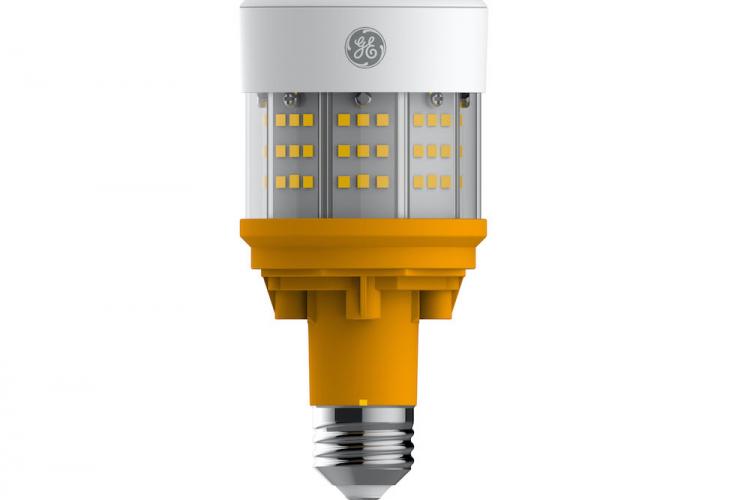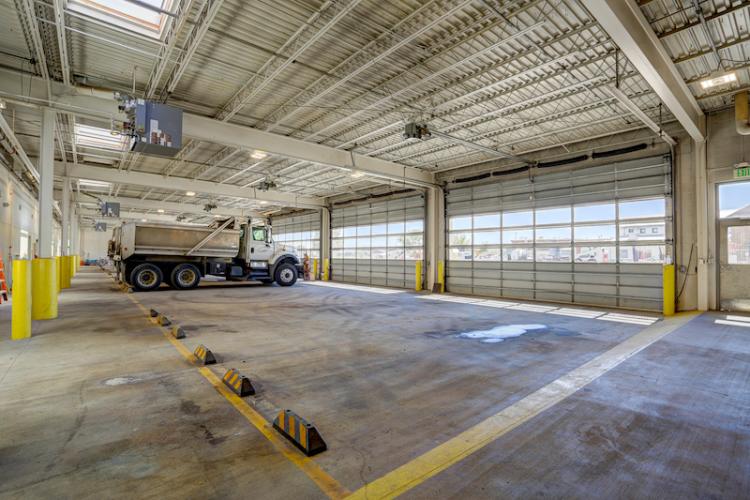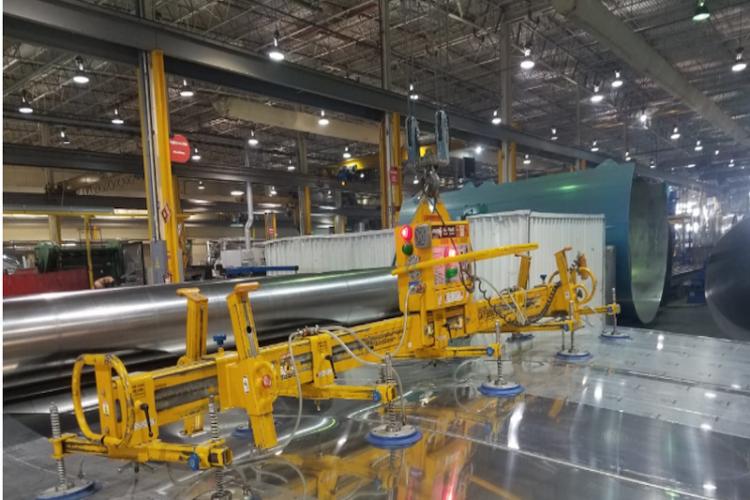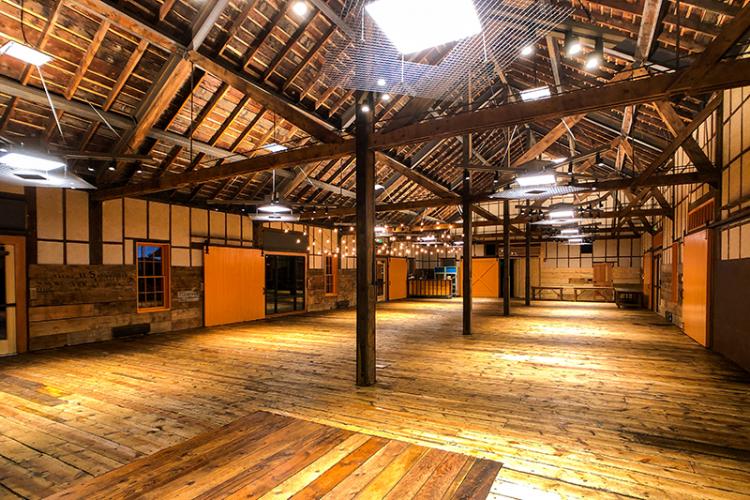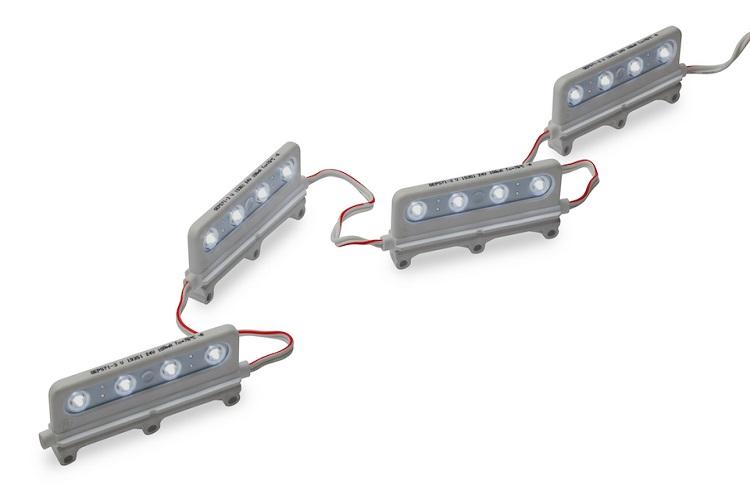Is LED Disruptive in Retail Design?
Is LED Disruptive in Retail Design?
LEDs have often been described as a disruptive technology, but to what extent has the growth in LED popularity challenged conventional thinking in retail lighting schemes? I would say that while great progress has been made, there are still some challenges to be overcome. However, as we move toward the second half of the decade, I believe the rate of change is going to accelerate rapidly as retailers rush to meet their 2020 sustainability commitments.
A disruptive technology is one that changes the status quo in a market by providing a more effective solution that eventually displaces an earlier technology. As a highly energy-efficient choice, LEDs are certainly gaining ground on traditional lighting sources, but it’s not just the energy savings that makes them popular with retailers.
One of the key benefits is the versatility of LED lighting, which has enabled retailers to work smarter in the way they apply lighting schemes to their properties. LEDs deliver an extremely directional light, so with a bit of creative design, retailers are able to devise tightly optimized layouts that greatly reduce the number of fittings required. Reducing the luminaire count delivers on two fronts: lowering the capital expenditure while simultaneously boosting the energy savings.
However, to answer the question of how much LED lighting technology has disrupted the status quo in the retail lighting sector, we must break down its adoption into two distinct camps. Within the new build portion of the sector, LEDs are very much displacing traditional lighting solutions. Retailers are under strict pressure to achieve extremely high levels of sustainability within their new build property portfolios, so energy-efficient LED lighting has been the mainstay of new store designs for some time now. Within the retrofit portion of the sector, progress has been somewhat slower, but there has certainly been a move toward incorporating LEDs into existing property portfolios.
Proactivity and capital expenditure availability are, unsurprisingly, the two biggest drivers to retrofit adoption. Proactivity is enhanced through business case clarity, supplier confidence and board/director engagement. Capital expenditure constraints can be eased through funding agreements (where repayments are based on expected monthly energy savings, for example), providing a cost-effective means of delivering the required upgrades. LEDs have certainly shaken up conventional thinking when it comes to lighting design, and while they may not have completely displaced traditional light sources just yet, the ever-expanding scope of LED technology means the future is bright for retail lighting.
Explore what’s possible with smart LED and other technologies for retail with Current.

About the Author:
James Fleet is the Retail Sales Leader for Current. Prior to joining GE in 2002, he ran his own business.


